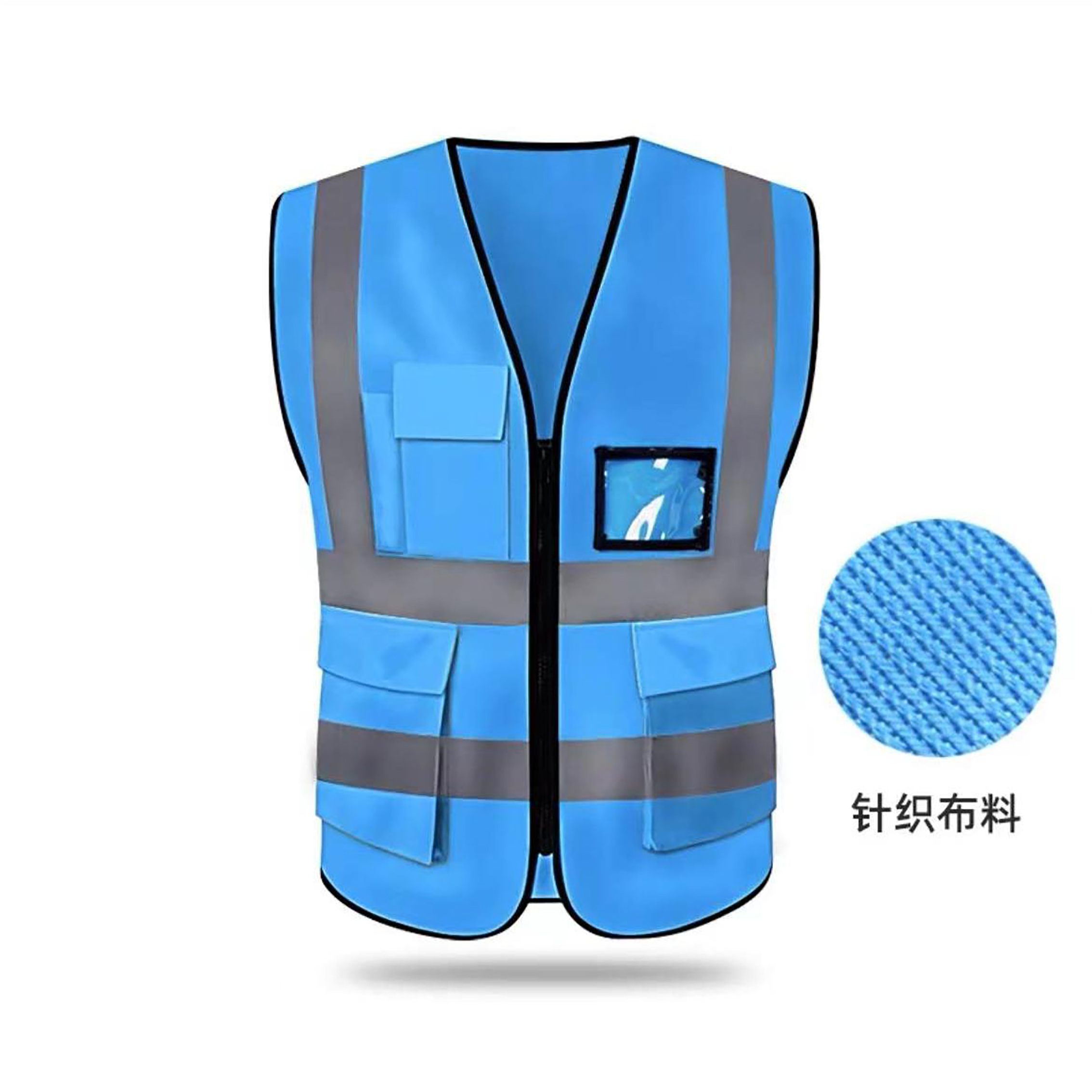- Afrikaans
- Albanian
- Arabic
- Armenian
- Basque
- Belarusian
- Bengali
- Bulgarian
- Croatian
- Czech
- Danish
- Dutch
- English
- Esperanto
- Finnish
- French
- German
- Greek
- Hebrew
- Hindi
- Indonesian
- irish
- Italian
- Japanese
- Javanese
- kazakh
- Rwandese
- Korean
- Kyrgyz
- Latin
- Latvian
- Luxembourgish
- Malay
- Myanmar
- Nepali
- Persian
- Polish
- Portuguese
- Romanian
- Russian
- Serbian
- Slovak
- Spanish
- Swedish
- Tagalog
- Tajik
- Turkish
- Ukrainian
- Uzbek
- Vietnamese
Nov . 15, 2024 15:46 Back to list
welding gloves
The Importance of Welding Gloves in Safety and Precision
Welding is a critical technique used in various industries, including construction, manufacturing, and automotive sectors. Regardless of the application, welding presents numerous risks, such as exposure to extreme heat, flying sparks, and hazardous materials. Thus, the importance of safety equipment cannot be overstated. Among this gear, welding gloves stand out as an essential protective item, safeguarding the hands of welders from potential injuries while enhancing their ability to work efficiently.
Function and Features of Welding Gloves
Welding gloves are specially designed to withstand the harsh conditions associated with welding processes. They are typically made from high-quality leather, which not only provides durability but also offers significant resistance to heat. Common materials used include cowhide, goatskin, and split leather, each chosen for its unique properties and protection levels. The thickness of the leather helps protect against sparks and molten metal, while its flexibility allows for a good grip on tools and equipment.
These gloves often feature reinforced stitching and additional padding in areas prone to wear and tear, such as the fingertips and palms. Many models are also lined with heat-resistant materials to provide extra insulation from hot surfaces. Moreover, some welding gloves come with gauntlet-style cuffs, extending further up the forearm, which add an extra layer of protection against spatter and heat.
Safety Standards and Regulations
In the United States, welding gloves must adhere to specific safety standards set forth by organizations such as the American National Standards Institute (ANSI) and the Occupational Safety and Health Administration (OSHA). These regulations ensure that gloves provide adequate protection against the various hazards associated with welding, including thermal burns, electrical hazards, and cuts from sharp metal edges.
When selecting welding gloves, it is crucial to look for those that meet or exceed these safety guidelines
. Many reputable manufacturers will label their products with the appropriate certifications, signaling that their gloves have undergone rigorous testing for quality and protection.welding gloves

Enhancing Comfort and Usability
Comfort is another vital aspect to consider when choosing welding gloves. A welder may spend hours at a time working on projects, and gloves that are too tight or too stiff can hinder performance. Quality welding gloves should offer a good balance between protection and dexterity, allowing users to manipulate tools and materials without compromising safety.
Some gloves are designed with ergonomic features that conform to the natural shape of the hand, reducing strain and fatigue. Proper fitting gloves also ensure that welders retain their tactile sensitivity, aiding in precision work such as aligning materials or handling small components.
Maintenance and Longevity
To ensure the longevity and effectiveness of welding gloves, proper care and maintenance are essential. After each use, gloves should be inspected for signs of wear, such as cracks, holes, or excessive soot accumulation. If any damage is noted, it is crucial to replace the gloves immediately to maintain optimal protection.
Cleaning guidelines often depend on the material of the gloves. Leather gloves can be cleaned with a damp cloth and mild soap, followed by thorough drying away from direct heat sources. It's advisable to avoid submerging them in water, as this can cause the leather to lose its natural oils and flexibility. Some gloves may also benefit from occasional conditioning to keep the leather supple and resilient.
Conclusion
In conclusion, welding gloves are an indispensable piece of safety equipment for anyone engaged in welding work. Their ability to protect against heat, sparks, and cuts, combined with features designed for comfort and usability, make them essential for both amateur and professional welders alike. Investing in high-quality welding gloves not only enhances safety but also improves performance, allowing welders to focus on their craft with confidence. As with all personal protective equipment, understanding the specific needs of the job and adhering to safety regulations is key to ensuring the well-being of workers in this demanding field.
-
Work Reflective Vest: A Silent Guardian of Security
NewsJul.10,2025
-
Vest Reflective Safety: A Safety Lighthouse in Low Light and High Traffic Environments
NewsJul.10,2025
-
Soft Cotton Polo Shirts: A Fashionable and Practical Choice for Multiple Scenarios
NewsJul.10,2025
-
Soft Cotton Polo Shirts: A Fashionable and Practical Choice for Multiple Fields
NewsJul.10,2025
-
Reflective Vest: The Light of Industry and Outdoor Safety Protection
NewsJul.10,2025
-
Polo Shirt: A versatile and fashionable item that can be worn in one outfit
NewsJul.10,2025




